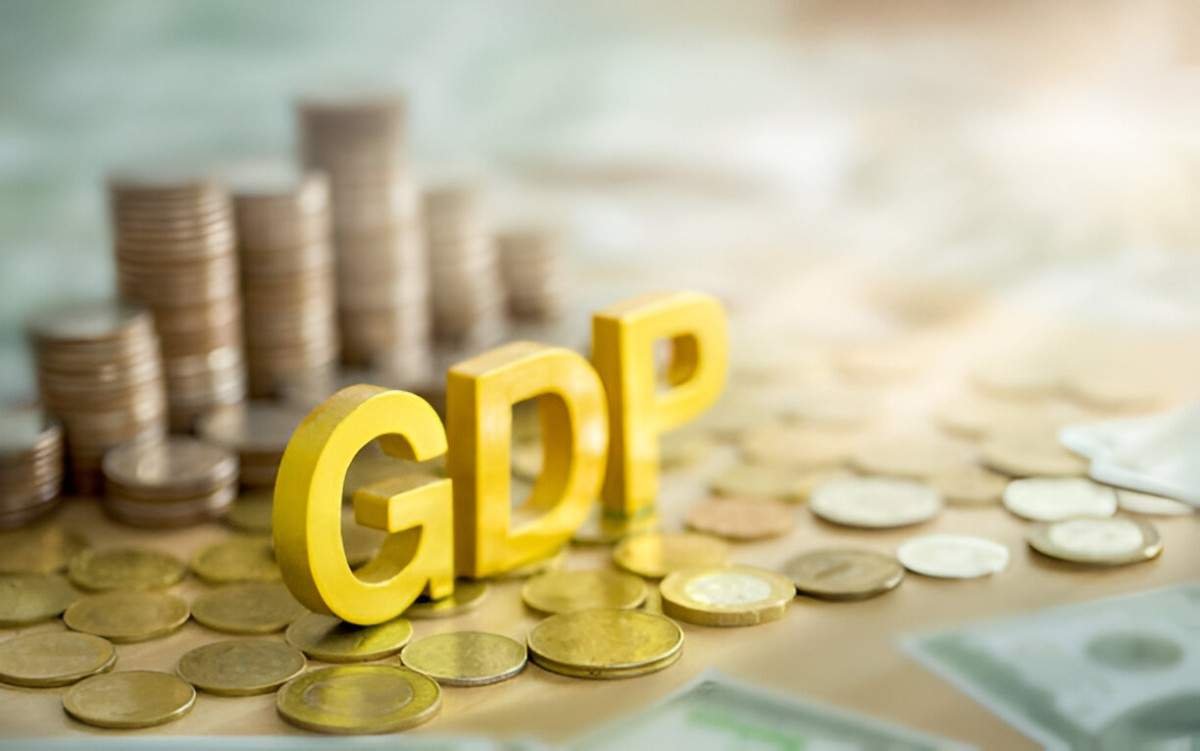Gross Domestic Product (GDP) is the backbone of economic analysis. It measures the total value of goods and services produced within a country’s borders over a specific period. As someone who has spent years dissecting economic indicators, I find GDP to be one of the most revealing metrics for understanding a nation’s economic health. In this guide, I’ll break down GDP in a way that’s both comprehensive and accessible, covering its calculation, significance, limitations, and real-world applications.
Table of Contents
What Is GDP?
GDP represents the monetary value of all finished goods and services produced within a country in a given time frame. It serves as a broad scorecard of economic performance. The U.S. Bureau of Economic Analysis (BEA) releases quarterly GDP reports, which policymakers, investors, and businesses scrutinize to gauge economic trends.
The Three Approaches to Calculating GDP
GDP can be calculated using three primary methods:
- Production (Output) Approach – Sum of all value-added at each production stage.
- Income Approach – Sum of all incomes earned by households and businesses.
- Expenditure Approach – Sum of all spending on final goods and services.
The most commonly used method in the U.S. is the expenditure approach, expressed as:
GDP = C + I + G + (X - M)Where:
- C = Consumer spending
- I = Business investments
- G = Government spending
- X = Exports
- M = Imports
Real vs. Nominal GDP
Nominal GDP measures output using current prices, while Real GDP adjusts for inflation, providing a clearer picture of economic growth. The formula for Real GDP is:
Real\ GDP = \frac{Nominal\ GDP}{GDP\ Deflator} \times 100The GDP deflator is an inflation metric that reflects price changes across the entire economy.
Why GDP Matters
GDP influences everything from Federal Reserve policies to stock market trends. When GDP grows, businesses expand, unemployment drops, and wages rise. Conversely, a shrinking GDP signals economic trouble, often leading to recessions.
GDP and Standard of Living
While GDP measures economic output, it doesn’t account for income inequality or environmental costs. For instance, the U.S. has one of the highest GDPs globally, yet wealth disparity remains a pressing issue. Alternative metrics like the Human Development Index (HDI) and Genuine Progress Indicator (GPI) attempt to address these gaps.
How GDP Is Measured in the U.S.
The BEA compiles GDP data from multiple sources, including business surveys, tax records, and trade reports. The process involves:
- Initial Estimate – Released one month after the quarter ends.
- Second Estimate – Revised after additional data collection.
- Third Estimate – Finalized with complete data.
Example Calculation
Suppose in 2023:
- Consumer spending (C) = $15 trillion
- Business investments (I) = $3.5 trillion
- Government spending (G) = $4 trillion
- Exports (X) = $2.5 trillion
- Imports (M) = $3 trillion
Then:
GDP = 15 + 3.5 + 4 + (2.5 - 3) = \$22\ trillionLimitations of GDP
GDP is powerful but imperfect. It excludes:
- Unpaid work (e.g., caregiving, volunteer activities)
- Black market transactions
- Environmental degradation
Comparing GDP Across Countries
GDP per capita offers a better comparison between nations. For example:
| Country | GDP (2023) | GDP Per Capita |
|---|---|---|
| United States | $26.9T | $80,000 |
| China | $18.3T | $12,800 |
| Germany | $4.4T | $52,000 |
Despite China’s massive GDP, the U.S. has a significantly higher standard of living per capita.
GDP and Economic Policy
The U.S. government uses GDP data to shape fiscal and monetary policies. For example:
- Expansionary policies (tax cuts, stimulus checks) aim to boost GDP during downturns.
- Contractionary policies (interest rate hikes) cool down an overheating economy.
COVID-19’s Impact on GDP
The pandemic caused the U.S. GDP to drop by 3.4% in 2020, the sharpest decline since 1946. The \$2.2 trillion CARES Act helped stabilize the economy, demonstrating how GDP influences emergency fiscal responses.
Final Thoughts
GDP is more than just a number—it’s a reflection of economic vitality. While it has flaws, no other metric provides such a comprehensive snapshot of national productivity. By understanding GDP, we gain insight into economic trends, policy effectiveness, and overall societal well-being.





